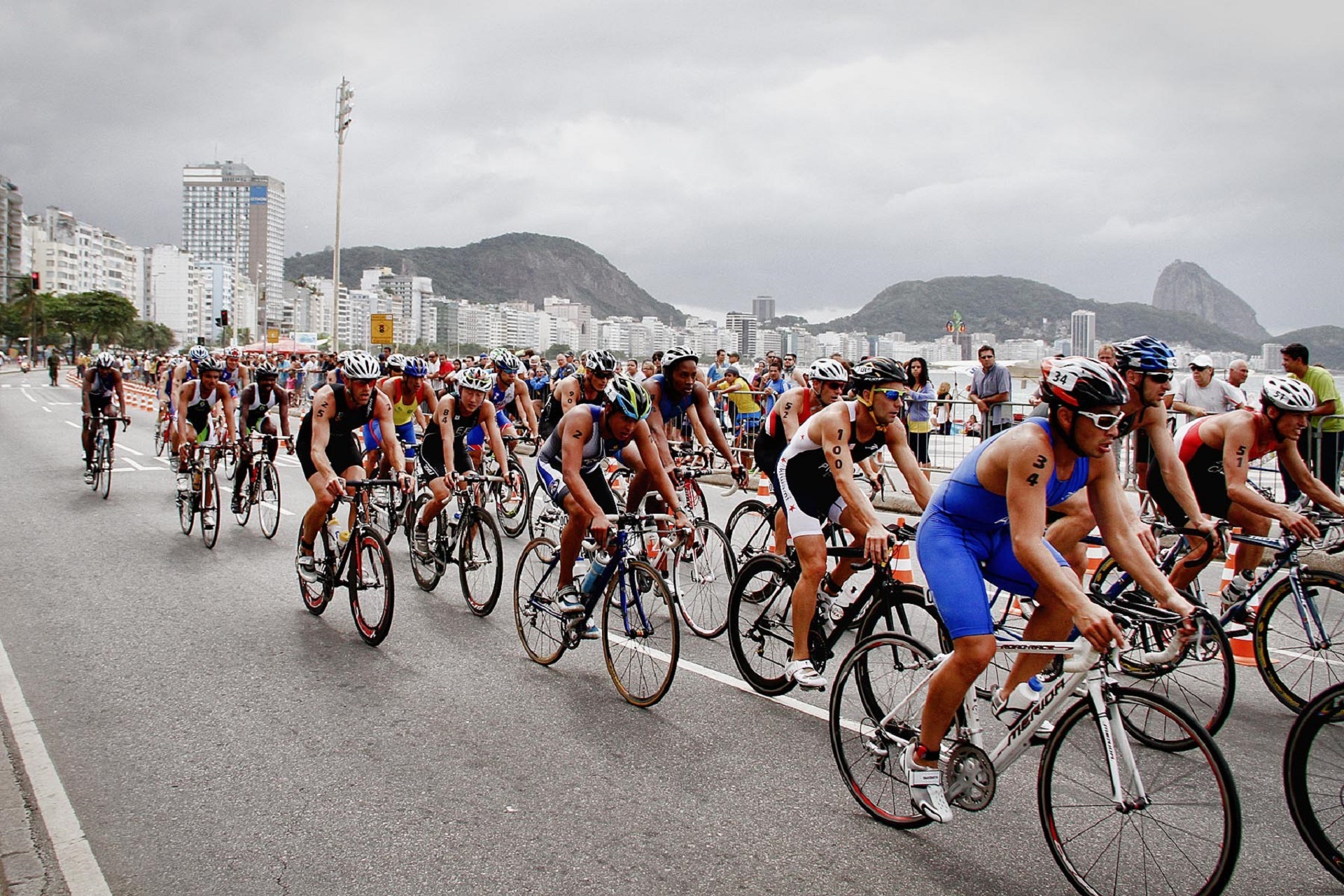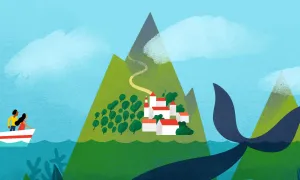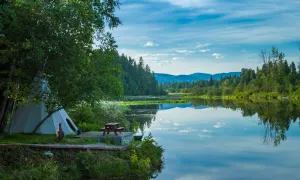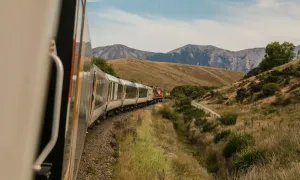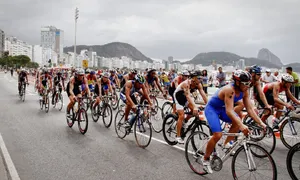There is an event that runs through the arteries and veins of France each year, pulsating with the rhythm of cycling gears, spinning wheels, and a shared, palpable passion. This phenomenon, known as the Tour de France, has been a cultural and sporting staple since its start in 1903, and every year since, it has captivated millions of spectators across the globe.
Sport was not the original reason behind its conception; it was business! The French sports newspaper l'Auto was facing dwindling sales, so they thought of a creative way to capture the public's attention. Their ingenious solution was a long-distance cycling race across France, an event demanding unparalleled stamina. The concept was an immediate success. Crowds swarmed in Paris, the same as they do today, to watch the final stage of the inaugural race. As much as the Tour de France has since evolved and matured, its aim is still to capture widespread fascination.
Visiting France during the Tour de France is like stepping into a nationwide festival. The air buzzes with excitement, the streets are full of enthusiastic spectators, and every town and village along the route boasts a unique charm that adds to the overall ambiance of the event.
The best vantage points to watch the thrilling race for Tour de France 2023:
Andrei Loas, CC BY-SA 4.0, via Wikimedia Commons
- Bilbao: Experience the excitement of the start of the Tour de France in this vibrant Spanish city as the cyclists set off on their journey.
- Pau: A popular spot to witness the mountain stages, Pau offers breathtaking views of the Pyrenees as the riders conquer challenging terrains.
- Tarbes: Another great location in the Pyrenees, Tarbes provides opportunities to see the cyclists in action as they navigate through the mountainous landscape.
- Mont-de-Marsan: Catch the fast-paced flat stages in Mont-de-Marsan, where sprint finishes and breakaway attempts are common.
- Libourne: Witness the intensity of the hilly stages and the picturesque vineyards of the Bordeaux region in Libourne.
- Clermont-Ferrand: This city offers a chance to see the riders during rest days and enjoy the cultural attractions while waiting for the next stages to begin.
- Annemasse: Watch the cyclists conquer challenging mountain passes in the Alps, providing an unforgettable spectacle for spectators.
- Saint-Gervais Mont-Blanc: Witness the determination of the cyclists as they ascend steep climbs in the majestic Mont Blanc region.
- Belfort: Cheer on the riders as they take on the mountainous terrain in the Vosges Mountains.
- Paris: Experience the iconic finale of the Tour de France on the Champs-Élysées, where the overall winner is celebrated.
Although the route changes every year, the Tour de France maintains a consistent format, incorporating time trials, traversing the mountain ranges of the Pyrenees and the Alps, and culminating with an iconic finish on the famous Champs-Élysées in Paris.
Florence welcomes the Grand Départ of the 2024 Tour de France, marking a significant event in the race's history. However, for the first time in fifty years, the Champs-Élysées will not be the final destination. Instead, Nice will serve as the concluding station of La Grande Boucle 2024, as the city of Paris will be hosting the Olympic Games during the same period. The 111th Tour de France commences on Saturday, 29th June, and concludes with an Individual Time Trial (ITT) on Sunday, 21st July.
Let's Explore the Tour de France Up Close
The Grandeur of the Grand Bouclé
The Tour de France is a marvel in and of itself, spanning approximately 3,500 kilometers of diverse terrain throughout the French countryside. From the picturesque coastlines to the formidable mountain ranges, it's an extensive course that demands stamina, grit, and a tireless will. The 2023 edition, fondly called Le Tour, only underscores this spirit further.
This isn't just a sporting event; it's a testament to human endurance and a showcase of France's geographical diversity, making it an essential aspect of any travel enthusiast's itinerary.
The Stretch of the Sprint: Race Duration
The Tour de France involves approximately three weeks of intense cycling. However, the duration varies yearly, generally over 21 days with two rest days. The total distance also changes but typically stays around 3,500 kilometers.
Destination Diversity: Race Route
Each iteration of the Tour de France follows a unique route, offering a fresh challenge every year. The route weaves through various French regions and occasionally ventures into neighboring countries. High mountain passes, flat sections, and time trials are part of this diverse and demanding journey.
Peloton: The Heart of the Race
The term' peloton,' drawn from the French for 'platoon' or 'small ball,' describes the main cluster of cyclists in a race. This dynamic formation is both visually striking and strategically significant. The leading rider combats wind resistance, making the ride easier for those behind. The peloton's structure fluctuates based on wind direction, and leading teams control its pace to serve their strategic needs. In essence, the peloton is a captivating blend of strategy, cooperation, competition, and swift adaptations – the core of races like the Tour de France.
Chabe01, CC BY-SA 4.0, via Wikimedia Commons
The Anticipated Ace: Predicted Winner
Predicting the Tour de France winner is a complex task due to the unpredictable nature of the race. However, contenders usually emerge based on previous performance, current season form, and team strength. It's always wise to keep an eye on the past champions and rising stars.
The Collective Endeavor: Individual vs. Team Race
The Tour de France is an interesting mix of personal dreams and team goals. Each cyclist has their own goals but works together with their team. This could mean helping a teammate win the Yellow Jersey or cooperating to achieve team wins.
While the Yellow Jersey is awarded to an individual, the Tour de France is a team effort. The strategies, support, and shared workload within teams are vital to individual success. It balances personal achievement and collective effort, making it a unique spectacle in sports.
The Colorful Code: Significance of Jersey Colors
The jerseys in the Tour de France are more than just sportswear; they symbolize the race's various classifications. The Yellow Jersey marks the overall leader, while the Green Jersey is awarded to the best sprinter. The Polka Dot Jersey distinguishes the 'King of the Mountains,' the White Jersey is reserved for the best young rider under 26.
filip bossuyt from Kortrijk, Belgium, CC BY 2.0, via Wikimedia Commons
Tracking the Triumphs
Identifying the current leader, or the wearer of the prestigious Yellow Jersey (Maillot Jaune), helps you understand the race's progression. The Tour de France Classement system assigns this jersey to the rider with the lowest cumulative finishing times. But don't be mistaken; victories come in many forms on the Tour. From the fiercely contested sprints to the grueling mountain climbs, each stage presents a fresh battle for glory.
Celebrating the Champions
The top prize for the Tour de France is not just about gaining popularity or winning a good amount of prize money; it also involves earning the esteemed Yellow Jersey. But the real reward goes beyond these physical tokens. The legacy the winner leaves, the adrenaline rush of the race, and the sheer satisfaction of triumphing make winning truly special.
Women's Tour de France
The Women's Tour de France addition is a breath of fresh air to this long-standing event. It's a big step towards achieving equal opportunities and recognition in sports, making it more than a race—it's a symbol of progress.
In the past, women's cycling at the Tour de France has seen its fair share of struggles. There was a standalone event in 1955, followed by sporadic races between 1984 and 2009. These races faced difficulties such as financial problems and lack of media coverage. But persistent campaigners didn't give up, and from 2014 to 2021, the 'La Course by Le Tour de France' was held. A significant breakthrough came in 2022 with the Tour de France Femmes launch, marking a pivotal moment for women's cycling.
The Tour de France is more than just a race. It's an immersive travel experience, a testament to endurance, and a celebration of French culture and tradition. It's a fascinating saga of sporting excellence that every adventurous traveler must experience. As the Tour de France 2023 unfolds, the story continues, etching new tales into the annals of cycling history. Be there to witness it and, more importantly, live it.
Now that we've learned about the details of the Tour de France and caught up with what happened in 2023, what can we expect for the Tour de France in 2024? To get the best view of next year's routes, find the best deal for your tickets on virail.com now and enjoy the experience.
